What are the causes of orf?
Orf is caused by a parapox virus that infects sheep, goats, deer, certain other exotic ruminants or humans. The latter is important to be aware of and necessary precautions should be taken when handling sheep.
The orf virus grows on the surface of the skin, and most commonly on the mouth area and pharynx. Orf scabs contain millions of virus particles and as such the environment can quickly become contaminated, leading to ideal conditions for the virus to spread.
What animals are most at risk of infection?
Young lambs born into an infected area face the greatest challenge. These animals usually also suffer the greatest degree of disease. In the worst cases, lesions can develop outside and inside the mouth. This includes the gums, tongue and occasionally the back of the mouth, resulting in great difficulty swallowing. It can also occur on the lower legs of lambs and in ewes on their teats and udders.
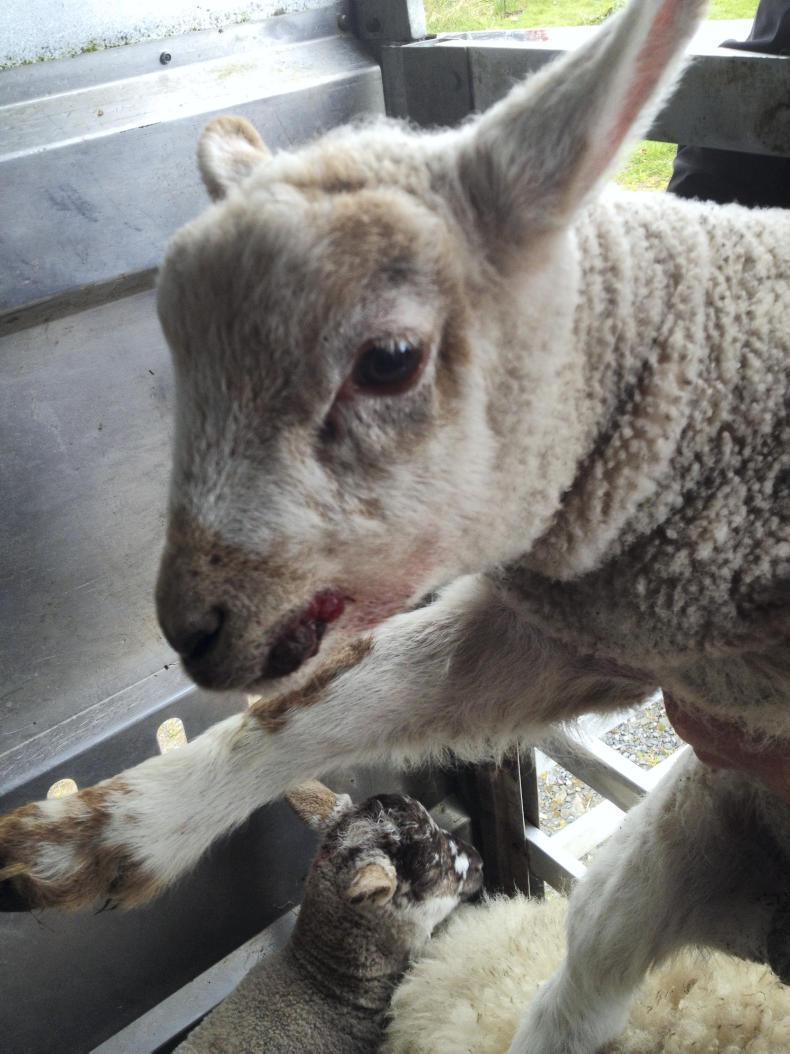
Orf scabs present on a lambs lips, mouth and gums. Such lambs need to be watched closely.
The virus can only establish and cause clinical signs where the skin is damaged. Examples of causes are sharp edges on penning, damaged or rusty troughs/creep feeders, or incorrect dosing or handling techniques which may damage tissue, and lambs biting during suckling on ewes’ teats.
Will orf lead to the death of animals?
The virus itself will not generally cause death. The disease can last for four to six weeks and healthy animals tend to overcome it in time. Mortality occurs as a consequence of orf being the underlying factor in other ailments establishing.
For example, lactating ewes that contract orf on their teats may abandon their lambs or refuse to stand for them to suckle.
This can lead to starvation or hypothermia in lambs and secondary mastitis in ewes. Bacterial infections can also establish in scabs or lesions and this is a significant risk where the disease is severe.
Is there any treatment available?
There is no licensed veterinary medicine available for treatment. As mentioned already, most sheep recover on their own in time but this is often after performance has been significantly affected. Treatment of secondary infections is important in severe cases and includes the use of topical or injectable antibiotics.
Lambs suffering from severe lesions in their mouths and throats may need artificial feeding or ewes may need to be temporarily held for lambs to suckle.
There is one vaccine available, Scabivax Forte, which can be used in flocks with known problems to help generate immunity to the virus. There are also some homeopathic products available on the market.
How is the vaccine best used?
It is important firstly to point out that the vaccine should not be used in clinically affected sheep to try to control an existing outbreak. The vaccine causes a marginal infection to generate an immune response. In-lamb ewes should not be treated in the final seven weeks of pregnancy.
There is no protection derived through colostrum and therefore lambs need to be treated in early life where they are likely to face a challenge. This is as it takes four to eight weeks for immunity to develop, while protection lasts for up to 12 months. Lambs can be treated from any time after birth, preferably waiting until they are licked by the ewe and dry.
I vaccinate lambs each year for orf. This year, I purchased a batch of in-lamb horned ewes and I am unsure if they have been previously vaccinated. Should I vaccinate now?
The stage of pregnancy will influence this answer. The advice is to vaccinate ewes in the region of seven to eight weeks pre-lambing and to refrain from vaccinating once ewes have entered the final seven weeks of pregnancy.
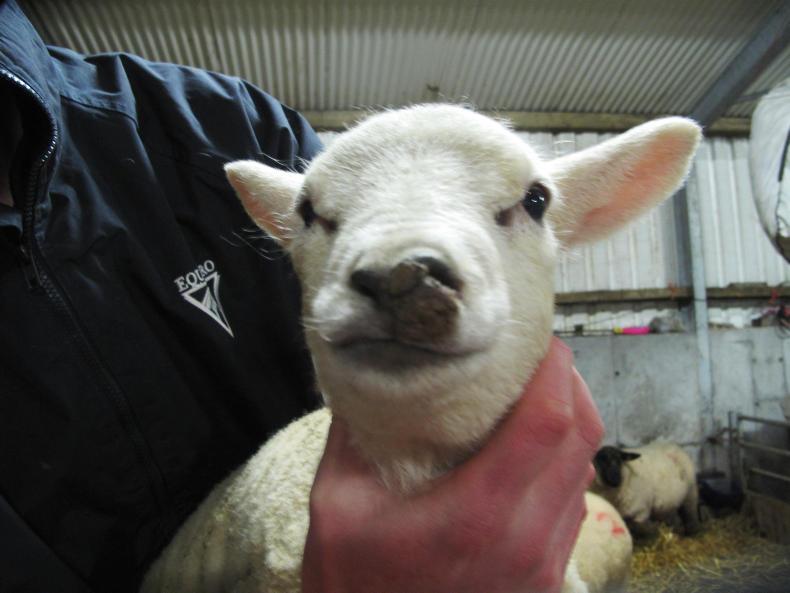
A lamb which had orf but has recovered. Scabs on its mouth and nose can act as a resevoir of infection.
This approach helps to prevent infection of the udder and subsequent transmission to lambs. Ewes that are vaccinated pre-lambing ideally should not be moved to the proposed site of lambing until sufficient time has passed for scabs to fall off (minimum of eight weeks).
The practicality of this is challenging and further advice can be sought from your vet as to an appropriate disinfecting procedure to reduce the risk of the virus spreading.
How long will the vaccine remain effective once opened?
The product must be used within eight hours once opened. It should be stored between 2°C and 8°C. Where transport of the product is likely to be outside of this temperature range then appropriate cooler bags/boxes should be used to protect its efficacy. The product should also not be left in direct sunlight.
How do I know if the vaccine has worked?
Lambs or sheep should be restrained when applying the vaccine. A 4cm to 5cm scratch should be made holding the applicator at a 45° angle. Sufficient pressure should be applied to break the first layer of skin but not draw blood. This will ensure the vaccine has been applied evenly and provide a good take.
This should be assessed one week to 10 days after vaccination. Where the procedure has been effective, a line of pustules (raised lesions on skin) should be visible along the scratch line. These pustules progress to form scabs and these will gradually fall off by seven weeks after vaccination.
These scabs can spread the virus and for that reason it is important to keep unvaccinated sheep separate and not retain or handle in the same area.
The product characteristics state that a failure of the vaccine to take may be due to poor vaccination technique, improper handling of the vaccine resulting in loss of potency or because sheep have already developed immunity. Revaccination is recommended in sheep that have not exhibited a sufficient take.
What does infection look like in humans?
The most common site of infection is on the hands. Characteristic signs are painful swollen red areas which can sometimes develop into sores. Secondary infections often occur which can result in swollen painful lymph glands in the area draining the affected hand, eg in the armpit. If you suspect you have orf, consult your local GP as soon as possible.
While anti-viral drugs do not work successfully in sheep, they do so in humans and are an option for treatment. The virus can last up to two months when left untreated.
What are the causes of orf?
Orf is caused by a parapox virus that infects sheep, goats, deer, certain other exotic ruminants or humans. The latter is important to be aware of and necessary precautions should be taken when handling sheep.
The orf virus grows on the surface of the skin, and most commonly on the mouth area and pharynx. Orf scabs contain millions of virus particles and as such the environment can quickly become contaminated, leading to ideal conditions for the virus to spread.
What animals are most at risk of infection?
Young lambs born into an infected area face the greatest challenge. These animals usually also suffer the greatest degree of disease. In the worst cases, lesions can develop outside and inside the mouth. This includes the gums, tongue and occasionally the back of the mouth, resulting in great difficulty swallowing. It can also occur on the lower legs of lambs and in ewes on their teats and udders.

Orf scabs present on a lambs lips, mouth and gums. Such lambs need to be watched closely.
The virus can only establish and cause clinical signs where the skin is damaged. Examples of causes are sharp edges on penning, damaged or rusty troughs/creep feeders, or incorrect dosing or handling techniques which may damage tissue, and lambs biting during suckling on ewes’ teats.
Will orf lead to the death of animals?
The virus itself will not generally cause death. The disease can last for four to six weeks and healthy animals tend to overcome it in time. Mortality occurs as a consequence of orf being the underlying factor in other ailments establishing.
For example, lactating ewes that contract orf on their teats may abandon their lambs or refuse to stand for them to suckle.
This can lead to starvation or hypothermia in lambs and secondary mastitis in ewes. Bacterial infections can also establish in scabs or lesions and this is a significant risk where the disease is severe.
Is there any treatment available?
There is no licensed veterinary medicine available for treatment. As mentioned already, most sheep recover on their own in time but this is often after performance has been significantly affected. Treatment of secondary infections is important in severe cases and includes the use of topical or injectable antibiotics.
Lambs suffering from severe lesions in their mouths and throats may need artificial feeding or ewes may need to be temporarily held for lambs to suckle.
There is one vaccine available, Scabivax Forte, which can be used in flocks with known problems to help generate immunity to the virus. There are also some homeopathic products available on the market.
How is the vaccine best used?
It is important firstly to point out that the vaccine should not be used in clinically affected sheep to try to control an existing outbreak. The vaccine causes a marginal infection to generate an immune response. In-lamb ewes should not be treated in the final seven weeks of pregnancy.
There is no protection derived through colostrum and therefore lambs need to be treated in early life where they are likely to face a challenge. This is as it takes four to eight weeks for immunity to develop, while protection lasts for up to 12 months. Lambs can be treated from any time after birth, preferably waiting until they are licked by the ewe and dry.
I vaccinate lambs each year for orf. This year, I purchased a batch of in-lamb horned ewes and I am unsure if they have been previously vaccinated. Should I vaccinate now?
The stage of pregnancy will influence this answer. The advice is to vaccinate ewes in the region of seven to eight weeks pre-lambing and to refrain from vaccinating once ewes have entered the final seven weeks of pregnancy.

A lamb which had orf but has recovered. Scabs on its mouth and nose can act as a resevoir of infection.
This approach helps to prevent infection of the udder and subsequent transmission to lambs. Ewes that are vaccinated pre-lambing ideally should not be moved to the proposed site of lambing until sufficient time has passed for scabs to fall off (minimum of eight weeks).
The practicality of this is challenging and further advice can be sought from your vet as to an appropriate disinfecting procedure to reduce the risk of the virus spreading.
How long will the vaccine remain effective once opened?
The product must be used within eight hours once opened. It should be stored between 2°C and 8°C. Where transport of the product is likely to be outside of this temperature range then appropriate cooler bags/boxes should be used to protect its efficacy. The product should also not be left in direct sunlight.
How do I know if the vaccine has worked?
Lambs or sheep should be restrained when applying the vaccine. A 4cm to 5cm scratch should be made holding the applicator at a 45° angle. Sufficient pressure should be applied to break the first layer of skin but not draw blood. This will ensure the vaccine has been applied evenly and provide a good take.
This should be assessed one week to 10 days after vaccination. Where the procedure has been effective, a line of pustules (raised lesions on skin) should be visible along the scratch line. These pustules progress to form scabs and these will gradually fall off by seven weeks after vaccination.
These scabs can spread the virus and for that reason it is important to keep unvaccinated sheep separate and not retain or handle in the same area.
The product characteristics state that a failure of the vaccine to take may be due to poor vaccination technique, improper handling of the vaccine resulting in loss of potency or because sheep have already developed immunity. Revaccination is recommended in sheep that have not exhibited a sufficient take.
What does infection look like in humans?
The most common site of infection is on the hands. Characteristic signs are painful swollen red areas which can sometimes develop into sores. Secondary infections often occur which can result in swollen painful lymph glands in the area draining the affected hand, eg in the armpit. If you suspect you have orf, consult your local GP as soon as possible.
While anti-viral drugs do not work successfully in sheep, they do so in humans and are an option for treatment. The virus can last up to two months when left untreated.






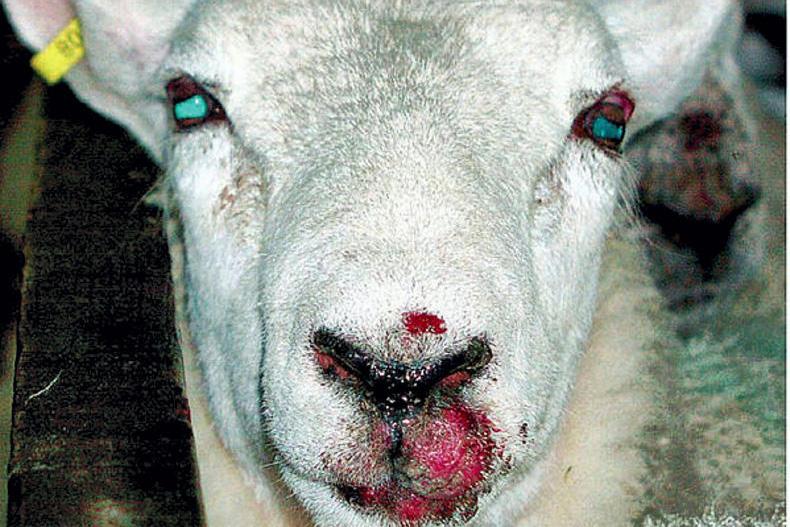
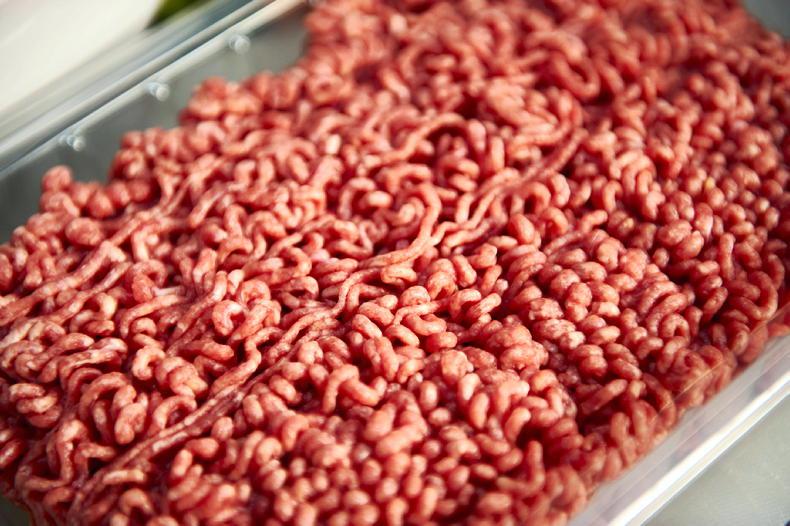

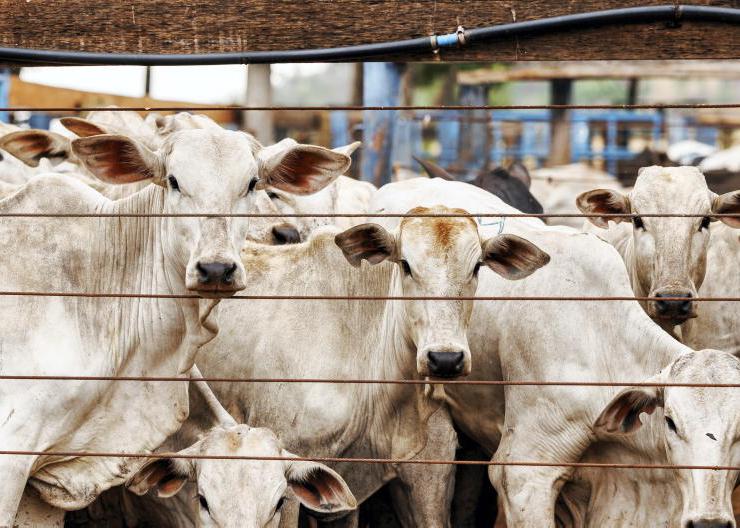
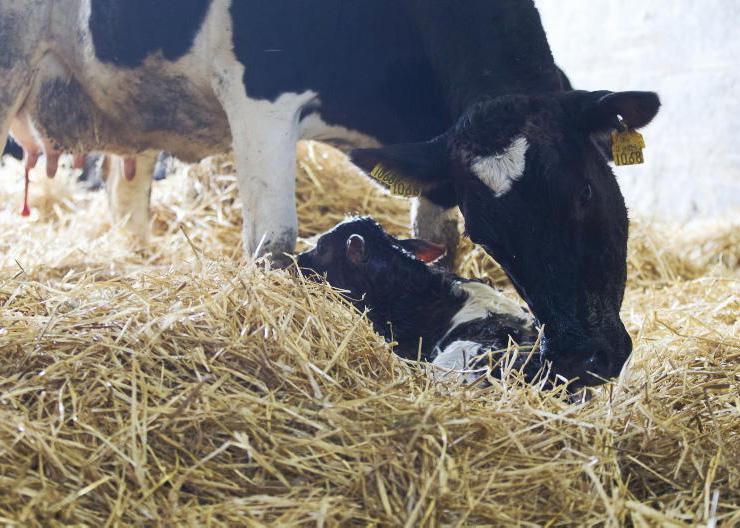

SHARING OPTIONS